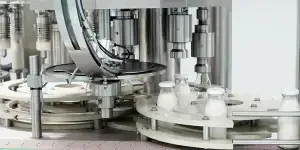The global population is 7.9 billion people, and the growth rate is 1.05% per year. The constant increase in population means that the globe must find ways of feeding its people. As a result, the need to expand food factories is ever-growing, creating a need to know how to set up a food factory. This simple guide will explain the critical things to take into account for running a food factory.
Table of Contents
Food factory: market size and trends
Flour mill
Snack machine
Packing machine
Oil press
Food factory: market size and trends
The global market size of the food industry equipment was $102.78 billion in 2021. It’s expected to grow at a CAGR of 4.3% to $138.41 billion between the years 2021 and 2028. This growth is attributed to the demand returning to levels from before lockdowns and distancing measures.
Emerging trends in the industry are focused on integrating advanced concepts of IoT into food factory equipment. This is expected to improve efficiency, reduce wastage and improve food safety and traceability. Emphasis on high personal preventive measures on hygiene is also emerging to ensure that the prospects of this industry are not threatened by biological factors.
Flour mill
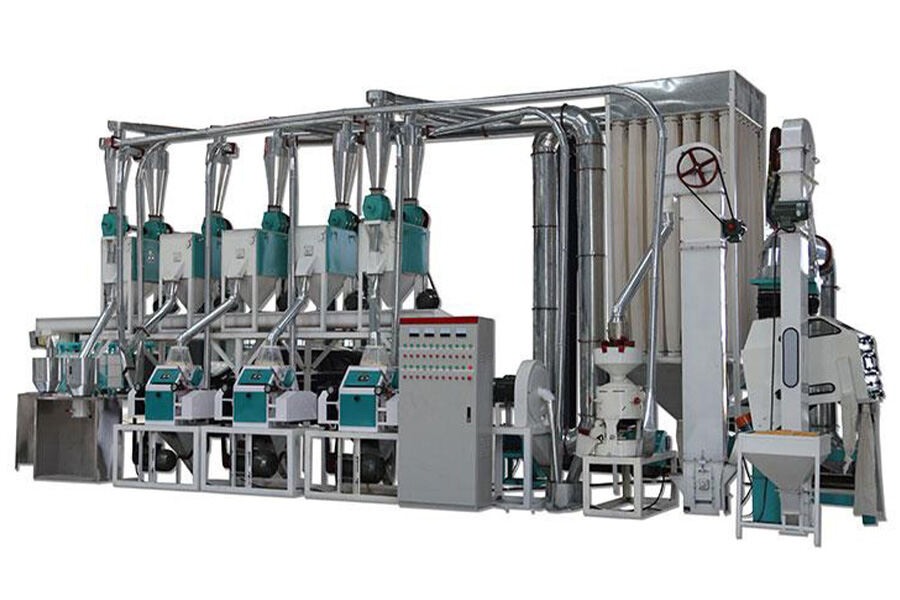
Application in a food factory
Flour mills are common in factories that deal with cereals. Flour mills help grind maize, wheat, rice, spices, and nuts into fine flour. It’s worth noting that not all flour mills grind the same grains.
How to select a flour mill
Plant design
Flour mills are pretty bulky and occupy large spaces. Knowing the amount of space a business has will help them pick the flour mill design that will utilize its space effectively.
Cost
The flour mill cost is essential because the business should work with its budget. Mini flour mills will cost anywhere between $3000 and $5000, while large flour mills cost between $20,000 and $ 84,000.
Capacity
The capacity of the flour mill will inform a business whether it can meet the production requirements. Some flour mills can mill 1 ton a day, while others mill up to 100 tons a day.
Type
Different flour mills grind different grains. Some mills are suited explicitly for milling nuts, while others are for wheat or maize. Knowing the type of flour mill will help a business choose based on its needs.
Mexican tortilla machine
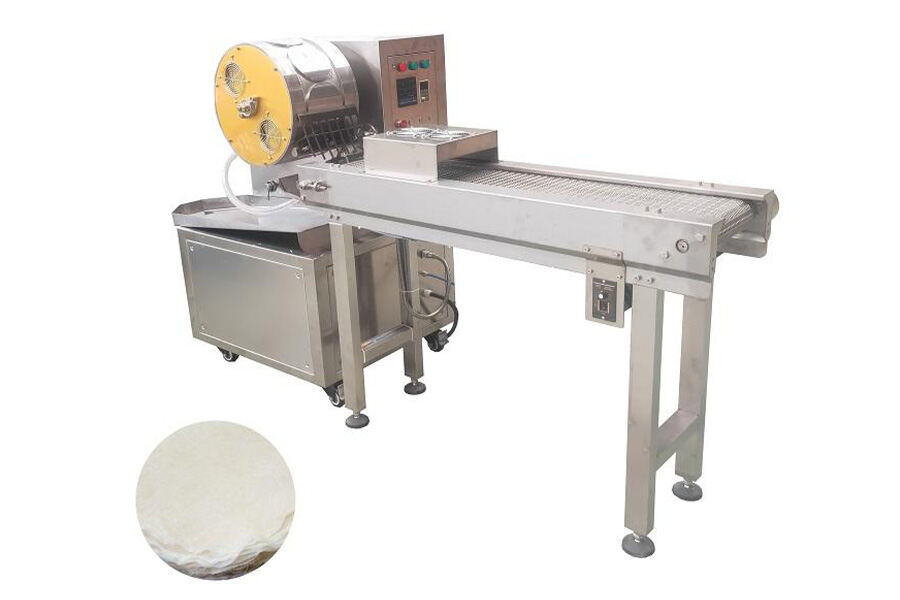
Application in a food factory
The Mexican tortilla machine can automatically make tortillas once it’s fed with small round balls of prepared dough. The machine will roll the dough into a pre-determined size and cook it.
How to select a Mexican tortilla machine
Material
Tortilla makers are made of different materials, all of which have differences in durability, maintenance, and performance.
Cast iron tortilla makers: they’re very effective in making dough because they’re heavy. Also, they’re durable. They should be washed carefully and are challenging to handle due to their weight.
Aluminum tortilla makers: they’re not as heavy as cast iron makers. They can therefore be moved around easily. Moreover, they don’t require much maintenance.
Plastic tortilla makers: they’re budget-friendly. They, however, are not durable and can break easily. Also, they may not press the dough well enough.
Electric tortilla makers: they can press tortillas and cook them as well. They can also cook other foods such as pitas and flatbreads. They’re, however, expensive and may not make completely flat tortillas.
Tortilla size
Corn tortillas range from 6 to 12 inches. 8-inch tortilla makers are the most common because they can also make burritos, enchiladas, and quesadillas. If the business makes tacos, it should pick a 6-inch maker. The electric tortilla maker is suitable for 10-12 inch tortillas.
Tortilla thickness
The average thickness of a tortilla is an eighth of an inch. Some models can make thinner tortillas. Using models made of aluminum or plastic, it may be harder to get tortillas as thin as one may require.
Snack machine
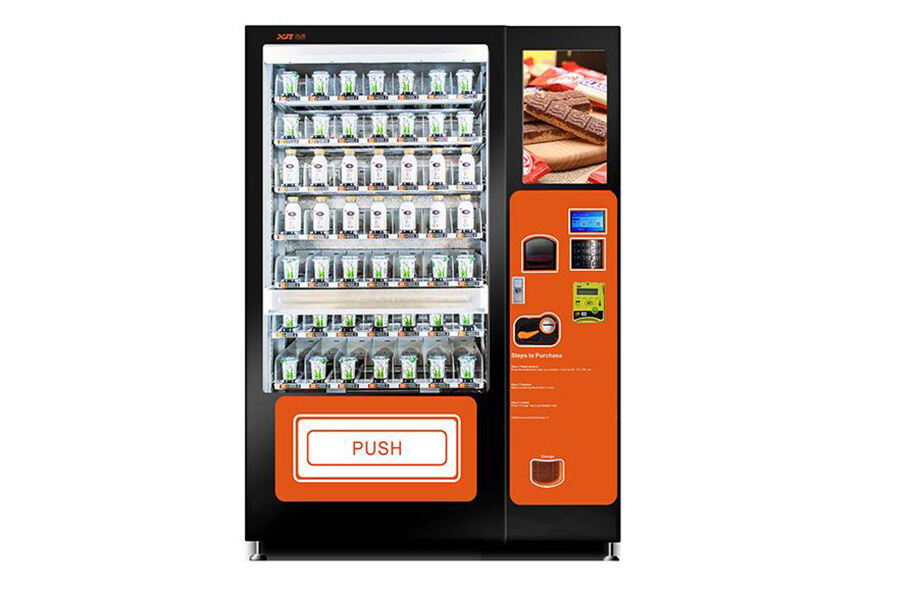
Application in a food factory
Snack machines are also widely known as vending machines. They use the underlying principle to dispense a product after certain conditions are met, say paying for the product or requesting the product. They’re used in many installations such as factories and, in some cases, big malls. They can be used to dispense various products such as snacks, coffee, tickets, etc.
How to choose a snack machine
Type
Vending machines are diverse in the products they dispense. Some machines dispense coffee, while others dispense chocolate bars, snacks, or plastic cups.
Ease of use
Ease of use is essential because it can help the machine to be profitable for the owner. The ease of use of snack machines that are installed in places such as factories can be relatively flexible. However, machines in places normally full of children should definitely be easy to understand and use. As a rule of thumb, businesses should look for the simplest machines possible.
Size
Businesses should precisely know the available space in the factory and the size of the machine before purchasing it.
Cost
Vending machines cost from $2,000 to $10,000, depending on the manufacturer and their technology.
Stock and maintenance
Businesses should consider maintaining the vending machine for smooth and prolonged operation. In addition to this, the vending machine should be well-stocked.
Packing machine
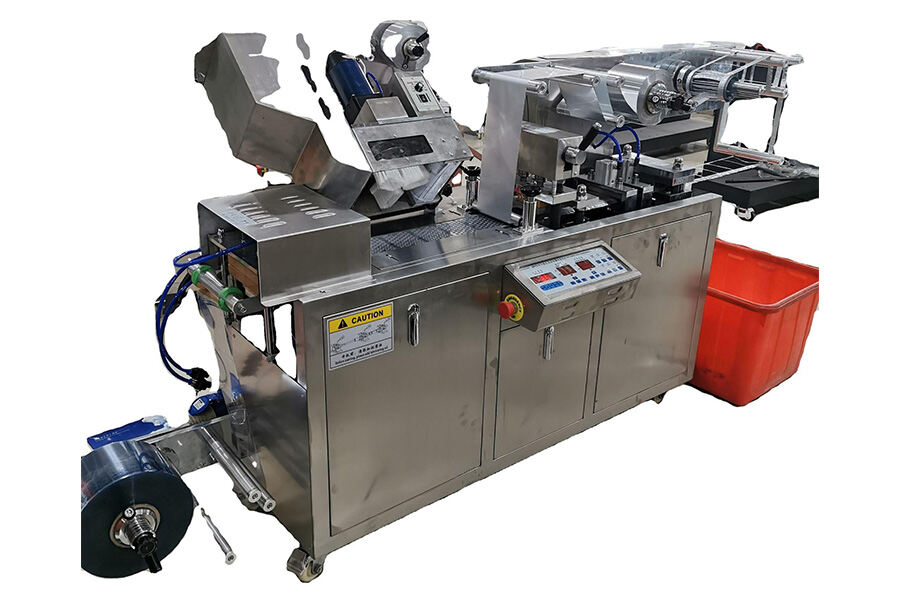
Application in a food factory
The primary role of packing machines is to aid in packing products before dispatch for sale or distribution. Packing machines may be manual, automatic, or exhibit properties of both. Packing machines may perform other tasks: cleaning, filling, wrapping, and sealing. Also, they can work with machines that sort, count and accumulate products.
How to choose a packing machine
Type
Packing machines use several packaging types. They’re pillow shape, seal pack of four, flat bottom pack, and pillow pack. Knowing the packaging type a packing machine employs will inform businesses on which machine to purchase.
Speed requirements
The packing speed is measured in bags per minute, with some packing machines having a 25-100 bpm rate.
Features
Package features refer to package details such as dimension, weight, and volume. Knowing the package features is essential because packing machines pack different products and have different specifications.
Packing method
There are two ways of packing, with roll stock film or pre-made packs. In the first method, a film rolls around the product, while the second method involves packs that have been previously prepared. Businesses should select packing machines that incorporate their preferred method of packing.
Oil press
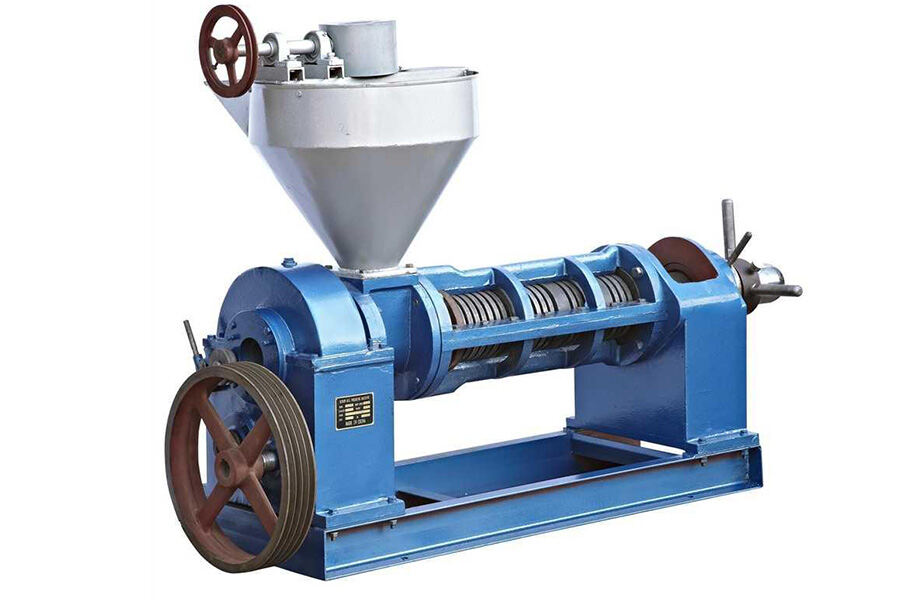
Application in a factory
Oil press machines are commonly used in the oil-making industry. Their primary function is to squeeze nuts or pants to extract the oil before processing. There are two main types of oil press machines, namely hydraulic oil presses and screw oil presses.
How to choose an oil press
Quality
The quality of the oil press machine will directly affect the final product. Purchasing oil presses from reputable brands is recommended. In addition, businesses should ensure the availability of machine spare parts in case repairs are needed.
Price
The price of the oil press should be within the business’s budget. Businesses should have a price range to pick a machine within their means.
Material
Oil presses are specialized in different products. There are presses for coconut, sunflower beans, castor seeds, corn, palm, and cotton, to name but a few. The material to be pressed should guide businesses on what oil press to purchase.
Capacity
Different oil presses have different production capacities. The screw oil press is suitable for an average production of between 0.8 TPD and 20 TPD. However, more commercial oil production ranging from 15 to 30 TPD will require a hydraulic oil press or an integrated oil press.
Conclusion
A food factory has several standard operations. For a business to run a food factory successfully, it’ll need equipment that helps in preservation, heat processing, mechanical processing, and food processing. For more information on food factory machines, visit Alibaba.com.
